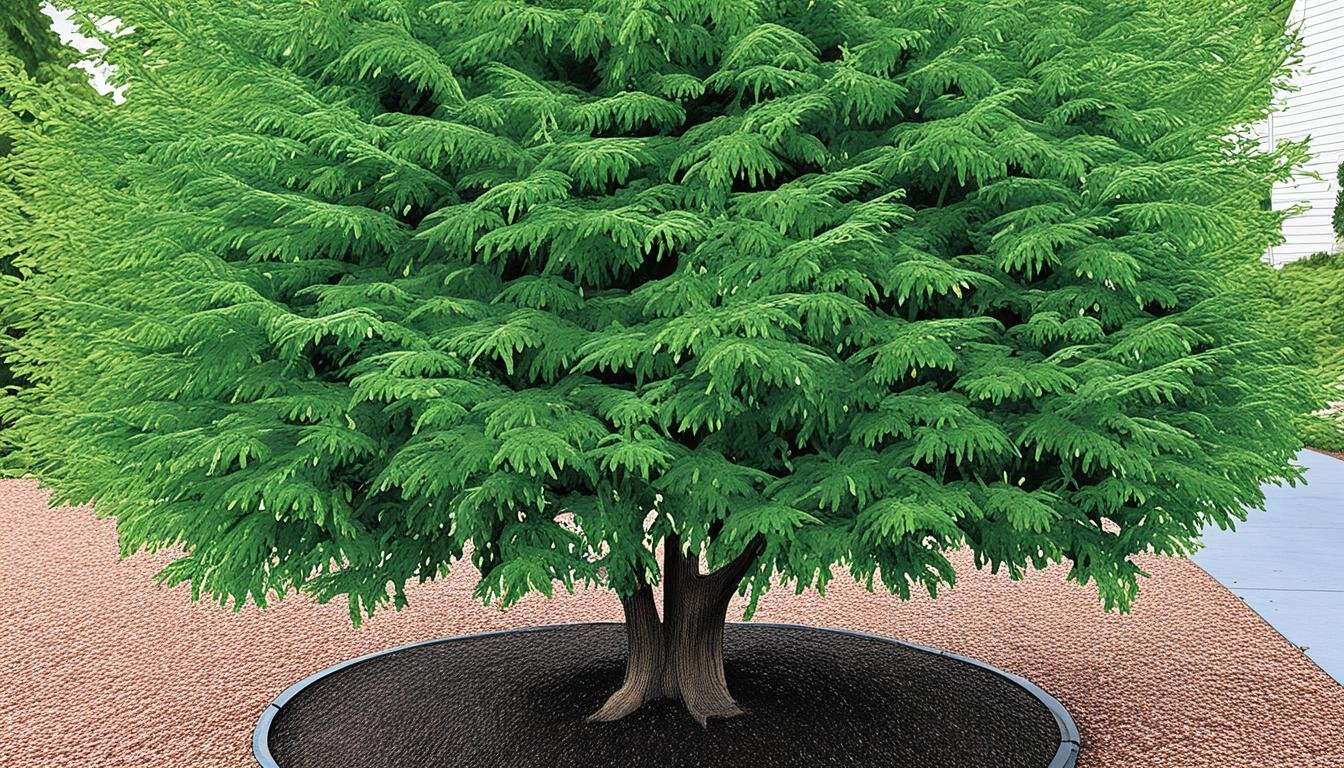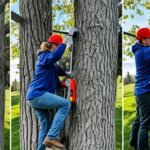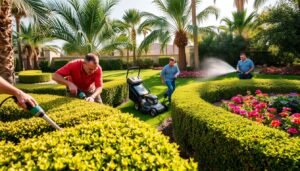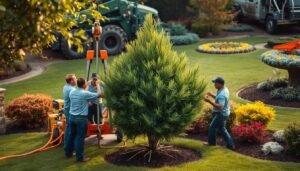
Did you know that trees require a consistent and efficient watering system to thrive? Proper irrigation is essential for the health and growth of trees, and a drip irrigation system provides just that. Unlike traditional sprinkler systems, drip irrigation delivers water directly to the roots, reducing water waste and promoting optimal moisture levels.
If you’re looking to install a drip irrigation system for your trees, you’ve come to the right place. In this comprehensive guide, we will walk you through the step-by-step process of setting up a tree drip irrigation system and provide you with valuable tips on maintenance and optimization.
Key Takeaways:
- Installing a drip irrigation system ensures efficient watering for healthy tree growth
- Drip irrigation systems are cost-effective, easy to design, and easy to install
- They deliver water directly to the roots, conserving water and reducing weed growth
- Choosing the right drip irrigation equipment is crucial for optimal results
- Maintenance and optimization are key to the long-term effectiveness of your tree drip irrigation system
Tips for Choosing the Right Drip Irrigation Equipment
When installing a drip irrigation system for trees, selecting the right equipment is crucial for ensuring optimal performance and water efficiency. Here are some essential tips to consider when choosing your drip irrigation equipment:
Dripper Selection
Drippers, also known as emitters, are responsible for delivering water to individual plants. Consider the water needs of your trees and choose drippers with the appropriate flow rate to match their requirements. This will ensure that each tree receives the right amount of water for healthy growth.
Micro-Sprinkler Selection
Micro-sprinklers are ideal for irrigating larger areas or when you need a broader distribution of water. When selecting micro-sprinklers, consider the spray pattern, coverage area, and flow rate. Choose micro-sprinklers that provide efficient water distribution while minimizing water waste.
Choosing Irrigation Tubing
Irrigation tubing is the backbone of your drip irrigation system, delivering water from the water source to the individual plants. When choosing irrigation tubing, consider factors such as durability, flexibility, and resistance to clogging. Opt for high-quality tubing that meets your specific installation requirements and ensures long-term reliability.
Selecting Pressure Regulators
Pressure regulators are essential for maintaining consistent water pressure within your drip irrigation system. Choose pressure regulators that are compatible with your water source and provide the desired pressure range. Proper pressure regulation ensures that water is delivered uniformly to each plant without causing damage to the system.
Proper Filtration for Drip Irrigation
Filtration is crucial for preventing clogging of emitters and protecting your drip irrigation system from debris. Choose filters based on the quality of your water source and the specific contaminants you need to remove. This will help maintain the efficiency and longevity of your drip irrigation system.
“Choosing the right drip irrigation equipment is essential for achieving efficient water distribution and healthier trees.”
| Equipment | Considerations |
|---|---|
| Drippers | Flow rate, water needs of trees |
| Micro-sprinklers | Spray pattern, coverage area, flow rate |
| Irrigation tubing | Durability, flexibility, resistance to clogging |
| Pressure regulators | Compatible with water source, desired pressure range |
| Filtration | Water source quality, specific contaminants |
Effective Maintenance and Optimization for Tree Drip Irrigation Systems
Proper maintenance and optimization are essential for the long-term effectiveness of your tree drip irrigation system. By following these tips, you can ensure that your system continues to operate efficiently:
1. Regularly inspect and clean your system to prevent clogs and ensure proper drip irrigation system maintenance. Check for any debris that may have accumulated in the filters and emitters, and clean them if necessary. Monitor system performance by observing the water flow and addressing any issues promptly.
2. Winterizing your drip irrigation system is crucial to protect it during the colder months. Before the first freeze, make sure to drain the water from the system to prevent damage to the tubing and emitters. Insulate exposed pipes and store any removable components in a dry location to avoid freezing and cracking.
3. Optimizing water efficiency is key to conserving water and promoting healthy tree growth. Adjust the emitters to deliver the right amount of water to each tree, taking into account factors such as tree size and water requirements. Inspect the tubing for leaks regularly and replace damaged sections promptly to avoid wasting water.
4. Managing water pressure is essential for the optimal functioning of your drip irrigation system. Use pressure regulators to maintain a consistent water pressure throughout the system, preventing damage to the emitters and ensuring even water distribution. Regularly check and adjust the pressure regulators as needed.
By following these maintenance and optimization tips, you can ensure that your tree drip irrigation system operates at its best, providing efficient and targeted watering for your trees’ health and growth.






No comment yet, add your voice below!